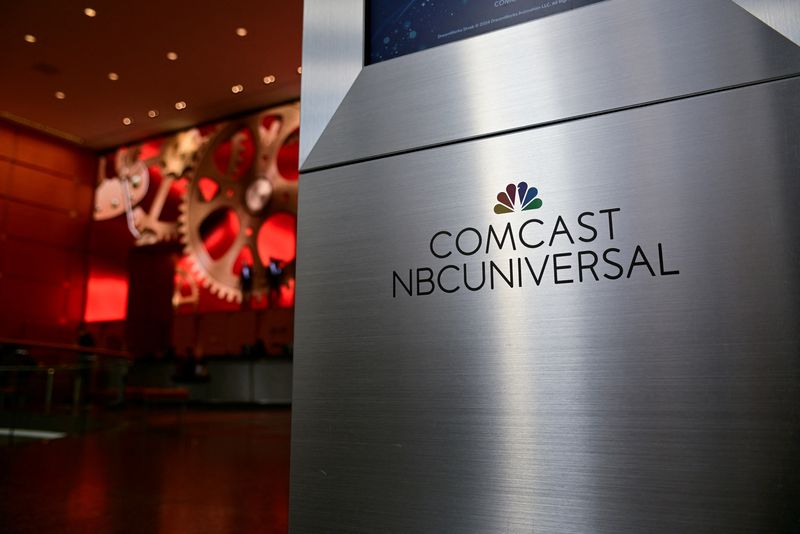By Lisa Richwine and Dawn Chmielewski
LOS ANGELES (Reuters) -The risk of a tariff-induced U.S. recession is hanging over the television industry’s annual upfront selling season, when companies stage star-studded pitches to coax brands to commit to spending billions of dollars on advertising in the year ahead.
Starting Monday, the presentations in New York kick off weeks of negotiations in which television networks and streaming services typically lock in the largest share of their ad revenue for the year.
YouTube promises a performance by Lady Gaga and an appearance from one of its biggest stars, Mr. Beast. NBCUniversal will host its presentation at Radio City Music Hall and Warner Bros. Discovery at Madison Square Garden.
But the champagne-fueled parties will take place against a backdrop of economic concerns, stemming from U.S. President Donald Trump’s on-again, off-again tariff policies, which economists warn may lead to a recession.
While major media companies have not reported any decline in ad demand, industry analysts predict brands will reduce their spending as consumer confidence wanes.
Research firm eMarketer projects ad spending on traditional television during the upfronts could fall to $13.4 billion, down $4 billion from last year, depending on the level of tariffs that take effect. The Trump administration is negotiating deals with a number of major trading partners, including China.
For digital ads on online devices, the worst-case scenario is that spending will stay flat at around $13 billion, eMarketer said. If tariffs are limited, digital ads could rise to $14.7 billion.
Data firm Guideline said a pullback was already evident. Ad spending rose 7% in the first quarter compared to the same period in 2024, but future bookings suggest growth could decelerate to 3% in the second quarter, Guideline said.
Media executives acknowledged some brands might feel nervous, but said there could be a cost to cutting ad spending.
“Clients learned some important lessons during COVID, when a lot of advertisers pulled back very quickly and then had to redeploy those funds,” said Jeff Collins, president of advertising sales, marketing and brand partnerships at Fox. “And I think that they’re trying not to have a knee-jerk reaction to what is happening now.”
Advertisers that wait to purchase time at the last minute in the so-called “scatter” market sometimes pay double-digit percentage increases in rates, Collins said.
Fox had not yet seen any impact on ad demand from tariffs, he added.







Add Comment